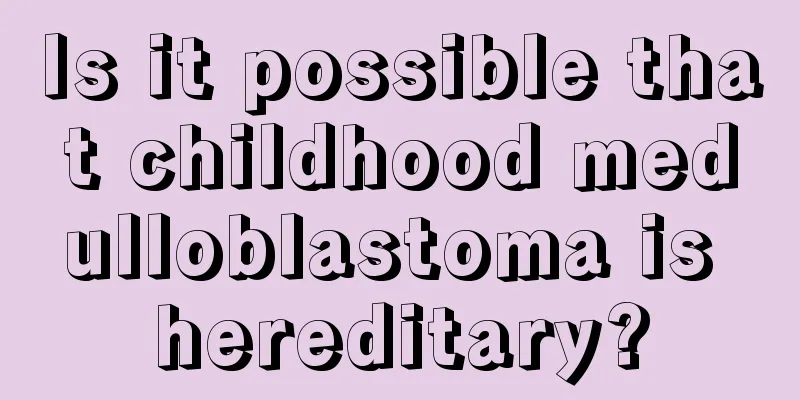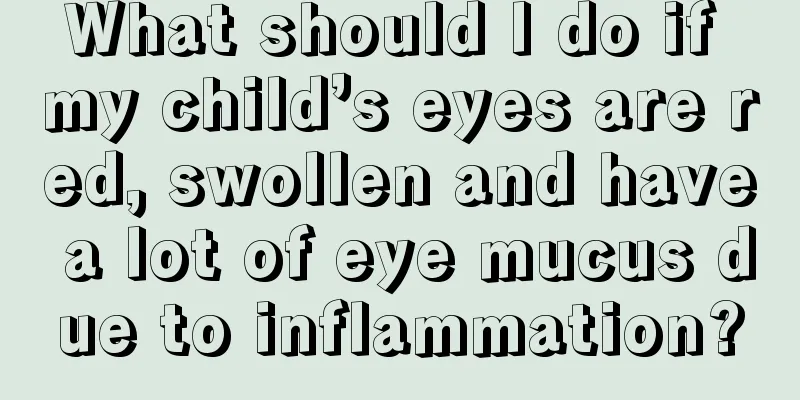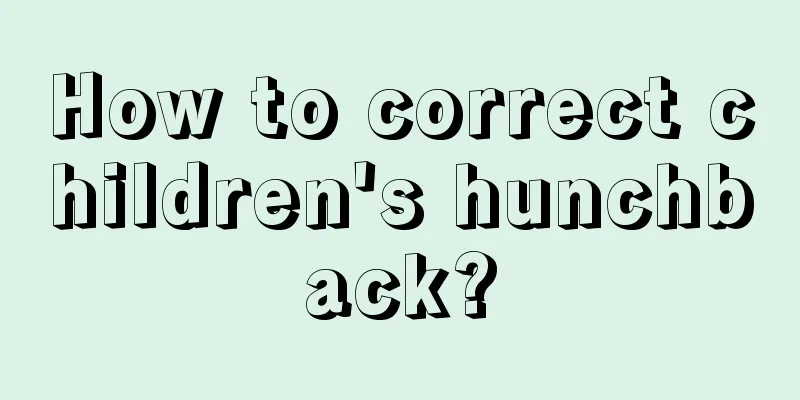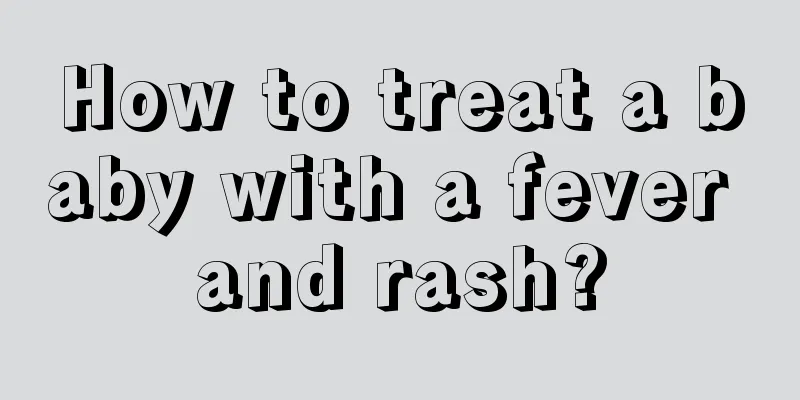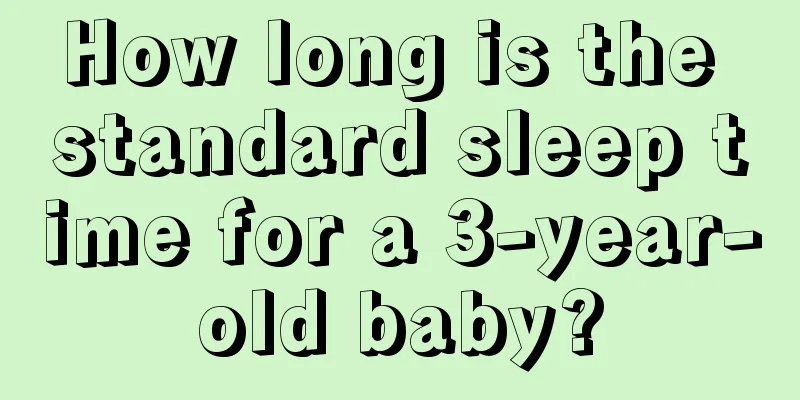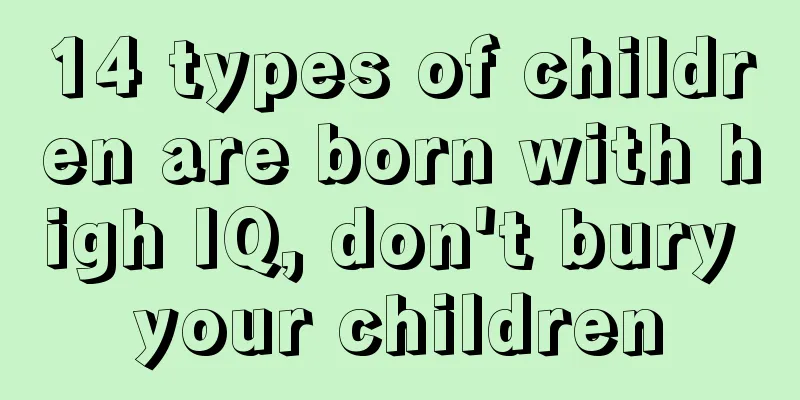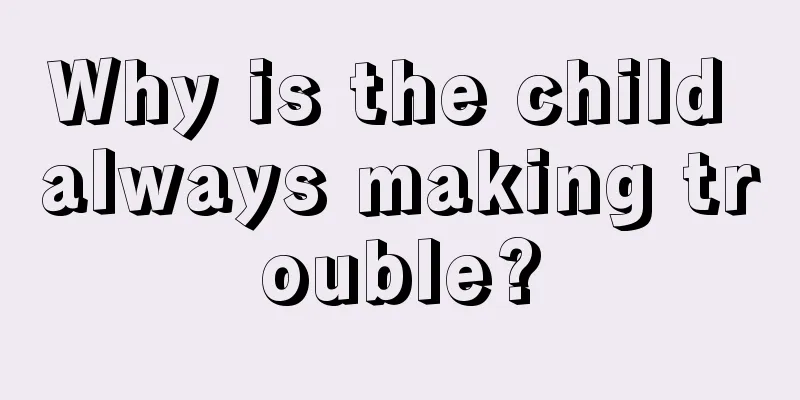How to care for a 3-year-old child with fever and cramps?
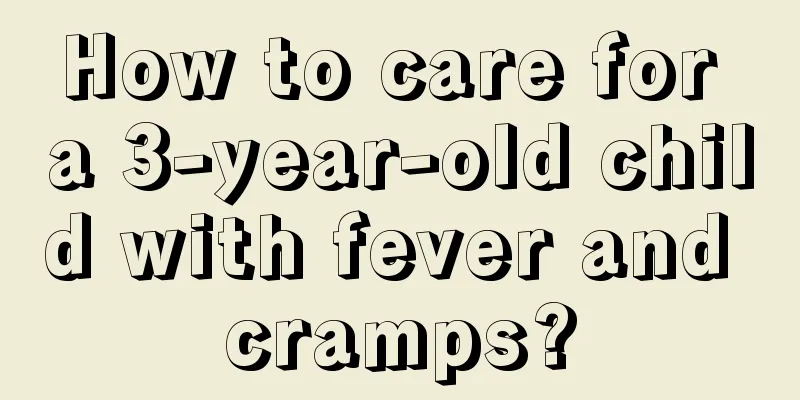
|
The most obvious symptom when a child has a fever is that the body is hot. The body temperature will be very high. When it is higher than 37.2 degrees, it is considered a high fever. At this time, it is necessary to diagnose the degree of the fever and judge the severity of the fever based on this, so that the treatment will be more symptomatic. However, some children have complex physical symptoms when they have a fever, and are prone to fever convulsions. Some patients will diagnose epilepsy, while others will judge it as high fever convulsions. So how to care for a 3-year-old child with fever and convulsions? Febrile seizure is a type of convulsion associated with fever (body temperature as high as 39°C or above), accompanied by symptoms of infection in other parts of the body other than the brain. It is common in children aged 6 months to 5 years. Although the symptoms of a seizure can be frightening, they are usually not serious. When a child has a fever, the metabolism, oxygen consumption and blood flow of nerve cells will change, and the child's central nervous system will be in a state of over-excitement. This "excitement" will affect the child's immature brain tissue - the "thalamus", causing it to produce strong discharges and transmit to other parts of the brain. At this time, we will see the child have a convulsion. Febrile convulsions have obvious familial genetic characteristics, which makes children prone to convulsions. This genetic trait causes convulsions under the influence of special infection environment, physiological processes, and imperfect development of the child's nervous system. The cause of febrile seizures is not fully understood. Studies have found that this disease is clearly hereditary and may be inherited as an autosomal dominant trait with age-related incomplete penetrance and expressivity. According to the age characteristics of onset, it is estimated that the manifestation of this disease begins to appear at around 6 months, is most obvious at 1.5 to 2 years old, and then gradually decreases, reaching the lowest point after 4 years old. The genetically determined tendency to convulsions is expressed at a certain age when induced by fever caused by infection, etc., resulting in clinical febrile convulsions. Traditional Chinese medicine believes that this disease is caused by external pathogens and internally by timidity and liver heat. The care methods are: 1. Stay calm, keep quiet, and avoid giving your child any unnecessary stimulation. 2. Keep the airway open. Lay the child flat with his head tilted to one side, and clean the secretions and vomit in the mouth promptly to prevent them from being inhaled into the trachea and causing suffocation or aspiration pneumonia. 3. When convulsions are severe and cyanosis occurs, oxygen should be administered immediately to reduce hypoxic brain damage. 4. When there are no anticonvulsants, you can press the Ren Zhong and Hegu points. Be careful not to use too much force to avoid damaging the skin and causing unnecessary pain to the child. 5. Complex convulsions should be sent to the hospital for diagnosis and treatment. How to care for a 3-year-old child with fever and cramps? At this time, parents should first determine the child's medical history, whether the family or the child has a history of epilepsy. If not, it can be diagnosed as a high fever convulsion. At this time, care should be done to reduce the temperature first. Children should not move around when they have cramps. They will feel body pain during the cramps, and the location of the cramps will also be abnormal. Parents should take care of the children patiently and keep the environment quiet so that the children are not stimulated and affected by various factors such as the environment. |
<<: What diseases should be differentiated from when a 3-year-old child coughs without sputum?
>>: Why does my baby sweat a lot in summer?
Recommend
What kind of desk lamp is good for children?
Children are the flowers of the motherland. Child...
Why do children keep blinking?
If a child keeps blinking, parents must pay atten...
What are the dangers of precocious puberty in adolescents?
Children's precocious puberty is mainly cause...
What factors affect a child's height?
Height is the first criterion for appearance and ...
What should I do if my eight-month-old child has recurring fever?
Getting married, having children, and raising and...
What should I do if my baby's white blood cell count is high?
For young infants, once there is a hidden danger ...
What are the dangers of children using cosmetics?
Makeup has always been the privilege of adult wom...
Child's nail peeling
In life, many parents have found that their baby&...
Can children have massage?
Massage is also a way to treat diseases, especial...
What should I do if my child is always constipated?
Newborn babies are the apple of their parents'...
There are many white spots on the baby's face
There is no need to worry if your baby has a lot ...
Introduction to Children's Nutrition Recipes
With the progress of life, people pay more and mo...
How to arrange diet for a four-month-old baby with bronchitis
It is common for babies to get bronchitis at four...
Can cleft lip and palate be seen by ultrasound? A must-see for expectant mothers
I believe everyone is familiar with cleft lip and...
What are the dangers of using plasters for children’s eczema?
Eczema is one of the most common diseases in life...
